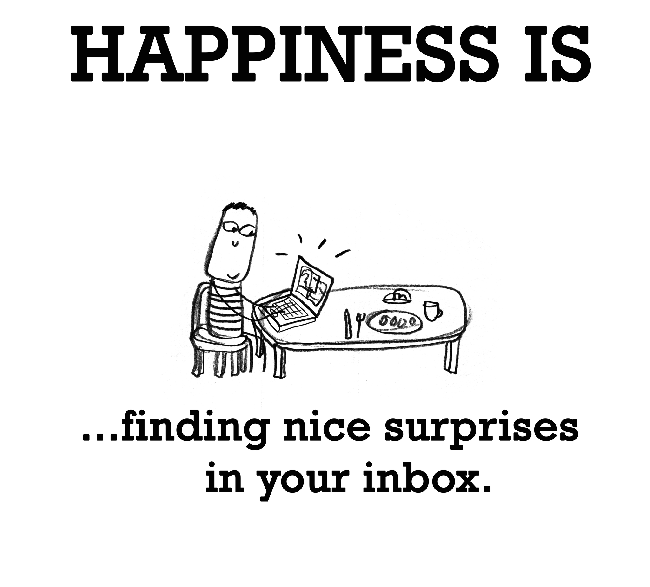
Internal communications done digitally: it doesn’t have to be crap.
CommentI’ve worked for many an organisation with varying degrees of digital internal communications, some I’ve been responsible for and others I’ve been the recipient of and pretty much seen it all.

From slick, stylised templates delivered like clockwork to a shoddy email not using the BCC function when it should have and red faces all around. Yuck.
There are fundamental components to doing it well, and here’s what I think they are:
Pick your platform
What is going to be easiest for you to use and for people to read? Using your email as a template isn’t advisable, unless you want to spend hours formatting. How about WordPress? Mailchimp? Think about the content, layout, ease and evaluation (analytics/opens/clicks).
Be consistent
People in a work setting tend to like routine, so don’t send five communications one week, one the next and then nothing for two months. That’s highly annoying for everyone concerned and remember quality, trust and reputation = consistency. That goes for templates and layouts too, try and stick to one.
Plan
To be consistent you need to plan – the classic who/what/where/when/how is and oldy but a goody, use a spreadsheet and don’t forget deadlines. It’s always better to have too much content than too little. As a communications person, you have (should have) the knowledge of what events, projects, launches are happening, tie them in too.
Be human
Your colleagues and/or employees are human, as are you, communicate with them like that. Don’t feel the need to be overly formal all the time. Some communications have to be, others can be a touch lighter. Giving someone a laugh from a YouTube video or a meme can brighten a Friday.
Content, content, content
You cannot know everything that’s happening with the organisation all the time, it’s impossible unless you have a super power/ are Professor X (cool). Ask for content, get some of your key people – the ones that reliably communicate with you to get in to the habit of sending you content.
Pictures/Video
Smart phones have good cameras on them and the quality will likely be enough for a digital communication, ask people to get pictures. I won’t go in to the complicated issue of consent, but pictures and videos really bring information to life.
Say ‘thank you’
If someone/a team have done a good thing, say thanks and tell others – it goes a long way. It doesn’t have to accompanied by a gift, the gift can be the acknowledgement and recognition that the person has done a good job.
Test
Send out your draft communication to a trusted few from different departments and a trustee/board member and get their feedback. The higher cross departmental spread you can get, the better.
Listen
If you get asked for more or less of something then try and accommodate it, nothing was ever achieved with a linear vision (nothing good anyway) it’s Ben and Jerry’s, H&M and Kenan and Kel, remember?
Be prepared for criticism
It’s highly unlikely that when you send out internal communications that you will a) always get feedback b) get positive feedback c) like the feedback you get. What you can do is take it on board, empathise with the person and see if you can change anything.
Evaluate
How can you know what does and doesn’t work if you don’t ask? Send out evaluation tied to objectives of the communication and see what you get in return. Realise that you can’t please everyone at every time but that you can do your best to reach compromise. No one wants to evaluate? Offer an incentive.
Finally….
Go back to brand
Everyone that works for the organisation does so for a reason, what is the purpose? Mission? Vision? Values? Tailor content that reminds people why they chose to work with there in the first place, use your heart and your head.
If you need someone to help with your communications, internal or external then please contact me, I like a chat, biscuit and problem solving.